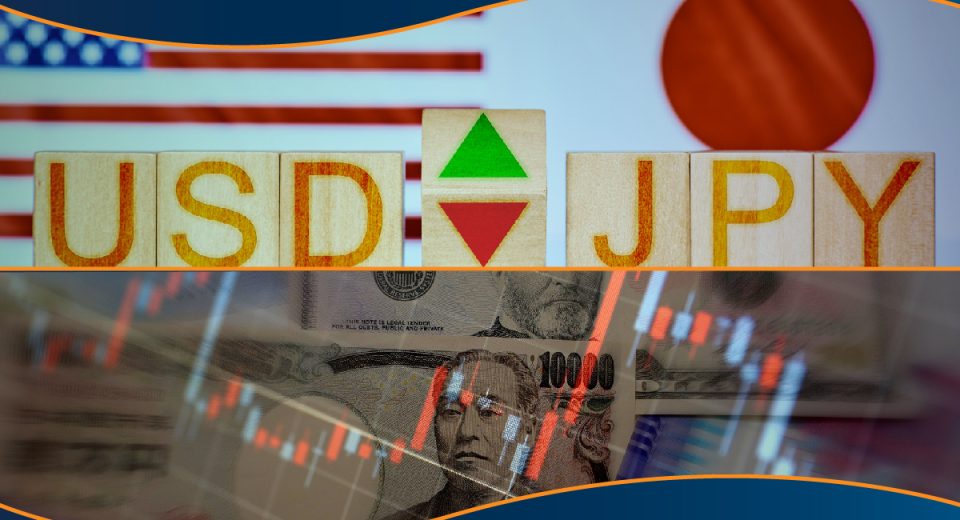Forex Low Latency

Do you have a need for speed? If you’re trading forex then the answer to that is going to be yes! The speed at which you access information, analyse it and use the analysis to place an order, communicate the same to your broker and get it executed will be key to the profitability of your trading. The holy grail of electronic trading is minimising the time involved in taking a position and therefore the need for low latency connectivity.
In simpler terms, latency refers to any delay or lapse of time between a request and a response. When used in relation to forex trading, latency is a key factor influencing the amount of time that it takes a trader to interact with the market. Forex low latency is desirable to ensure the timely reception of key market information and its timely use when taking a position.
Electronic Trades and Importance of Low Latency
In this era, when electronic trading is the basis of all forex transactions, the issue of latency cannot be ignored. Any trader who wishes to gain a competitive advantage will opt for a broker using trading systems that have a low latency rate. Good connectivity or an efficient electronic communications network between different exchanges, hosting centers and high frequency trading platforms is crucial, since it delivers the transactional information to traders. Any kind of delay may change the whole direction of the trade and also the outcome, since most of the times, the information can be used to make profitable trades only if the decisions are swift. Delays often render the information useless.
Volatility and Latency
Another reason why low latency is important is that the forex markets can be quite volatile and prices keep changing, even while a trader’s order has been placed and is travelling to the broker before being implemented. In this scenario, a broker with a low latency VPS (Virtual Private Server) will have a better and more realistic reading of the market.
Figuring the Latency Points
Given the importance of low latency in forex trading, we need to identify the points that can lead to latency.
- The market pricing data generally originates at the exchange or the market place before being passed on to the trader for their interpretation. This is the point where delays can happen and need to be addressed. So, the first basic step in reducing latency levels is to ensure that the flow of information is instant, so as to allow the trader to study and analyse it carefully before taking any position. This is possible by reducing or removing issues with exchange or market based servers, brokerage servers, internet connections, or hardware and software related problems. Many times, the reasons for data lag are not in the hands of a trader and instead are attributable to problems with the hardware at the exchange or the brokerage firm or due to poor internet connections.
- The speed of placing of an order and its execution can be significantly restricted by latency issues. Slow networks may delay the whole process and thus defeat the basic purpose of placing a specific order. Profitable trades are strongly related to timely order execution and low slippage.
- Latency can cause problems at any of the various stages of a trade, which includes the online trading platform, the server of the broker or the server of the exchange.
Resolving Latency Issues
So, how do we manage this issue of latency? One can either implement advanced network systems that minimise latency issues or secure direct market access or DMA, which refers to a direct connection to the order book of the forex exchange. The latter proposition is, however, a costly one and thus viable only for well capitalised trading organisations. Retail traders might find it difficult to use DMA services and will have to rely fully on efficient trading platforms.
So, if you wish to ensure that latency issues do not impact the speed and outcome of your forex trades, you need to ensure that your computer hardware is up to date, the internet connectivity is good and that you are use a trading platform that is highly efficient and has low latency levels.
Disclaimer
If you liked this educational article please consult our Risk Disclosure Notice before starting to trade. Trading leveraged products involves a high level of risk. You may lose more than your invested capital.




